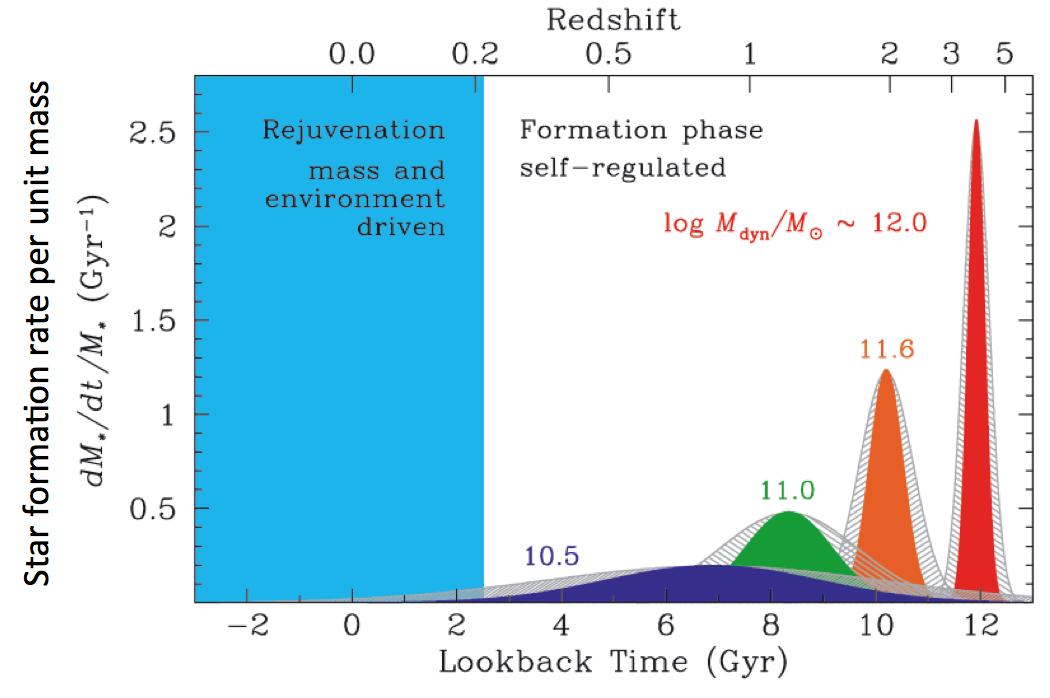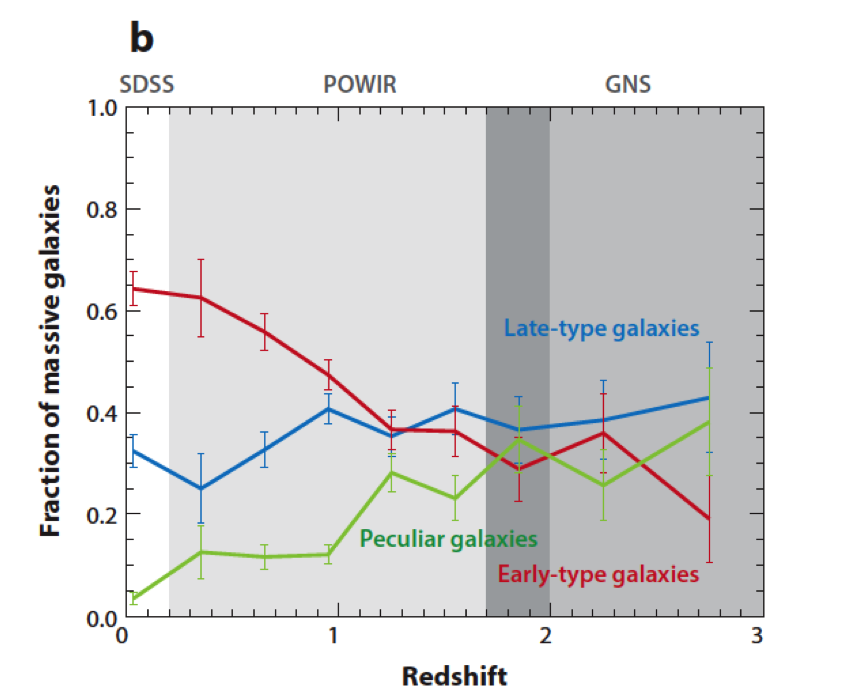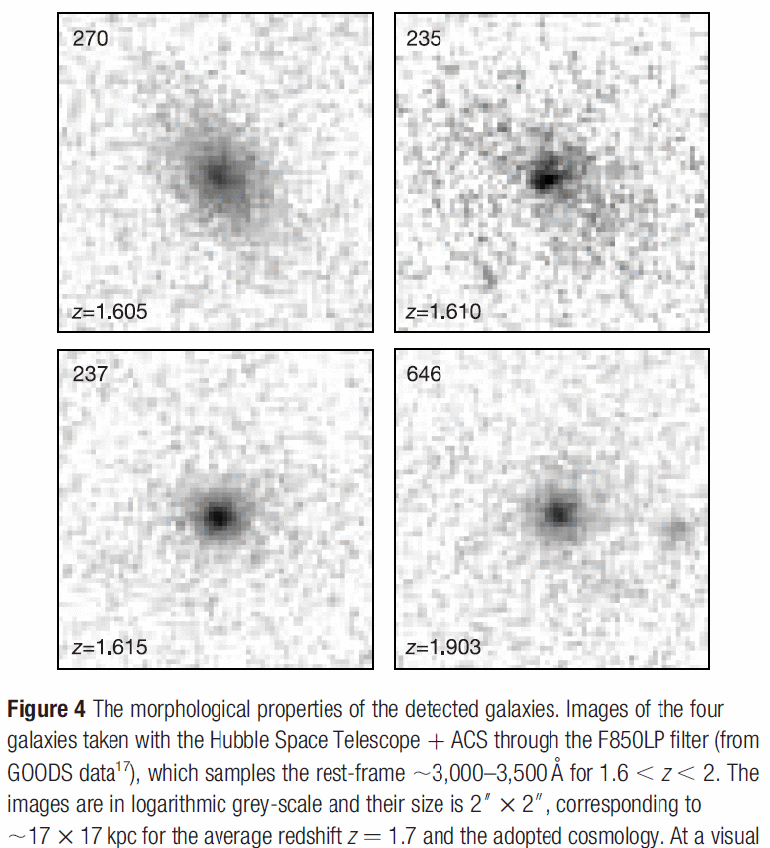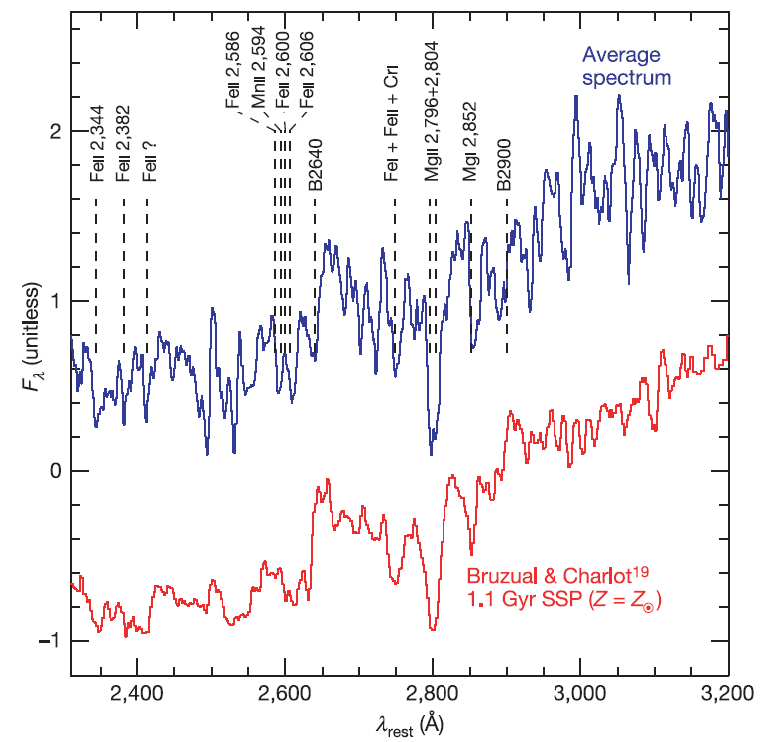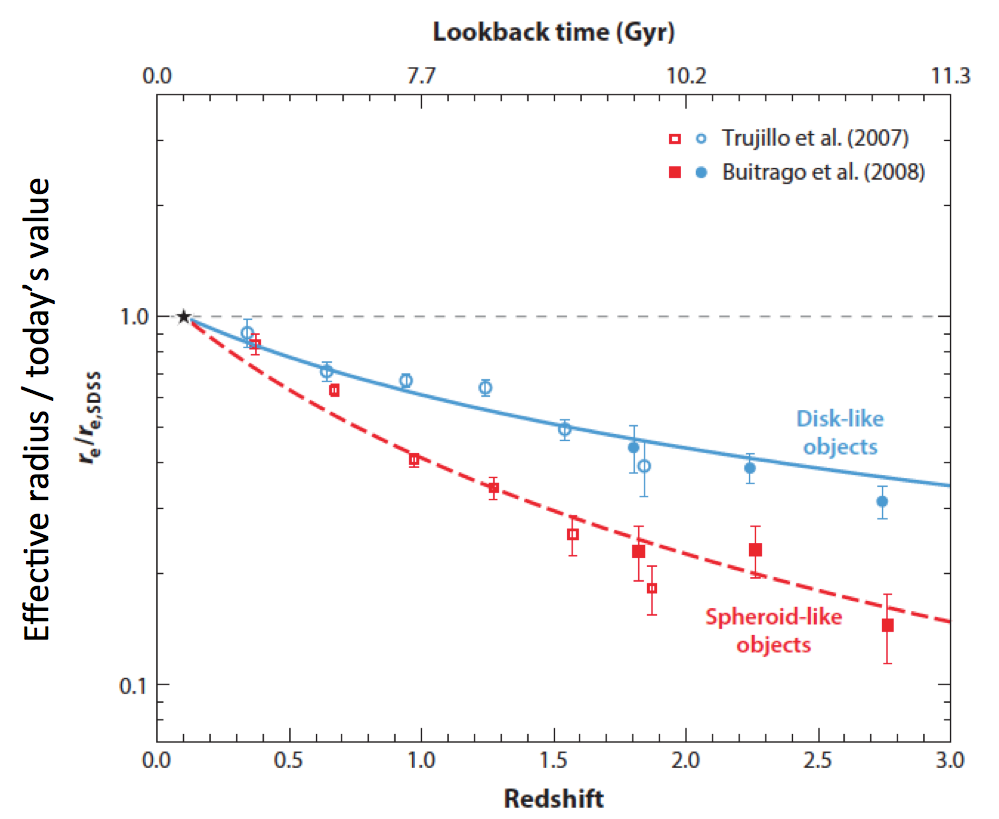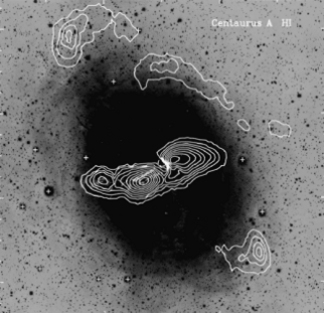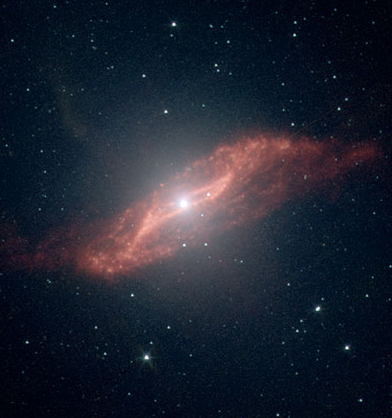- spread in formation age (synchonization)
- rate at which galaxies redden with time
- when you observe the galaxies
write this color scatter (Delta) as

where beta is a synchronization parameter that goes from 0 to 1:
- beta=0: pure synchronization (all form exactly at tform)
- beta=1: random over range tobs - tform

observed scatter is ~ 0.04 magnitudes in color at z=0.
If no synchronization (beta=1), tform>13 Gyr ago.
If synchronized (beta=0.1), tform>7 Gyr ago.

Virgo and Coma red sequences from Bower+ 1992
